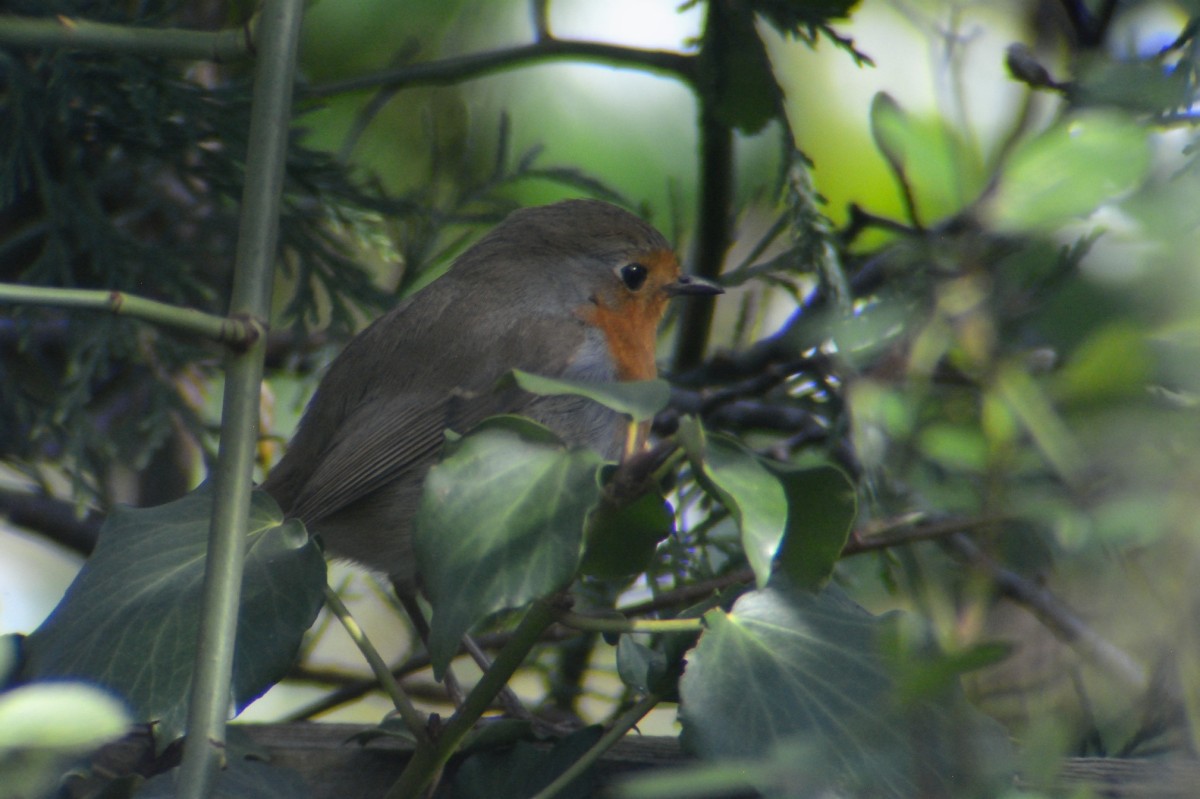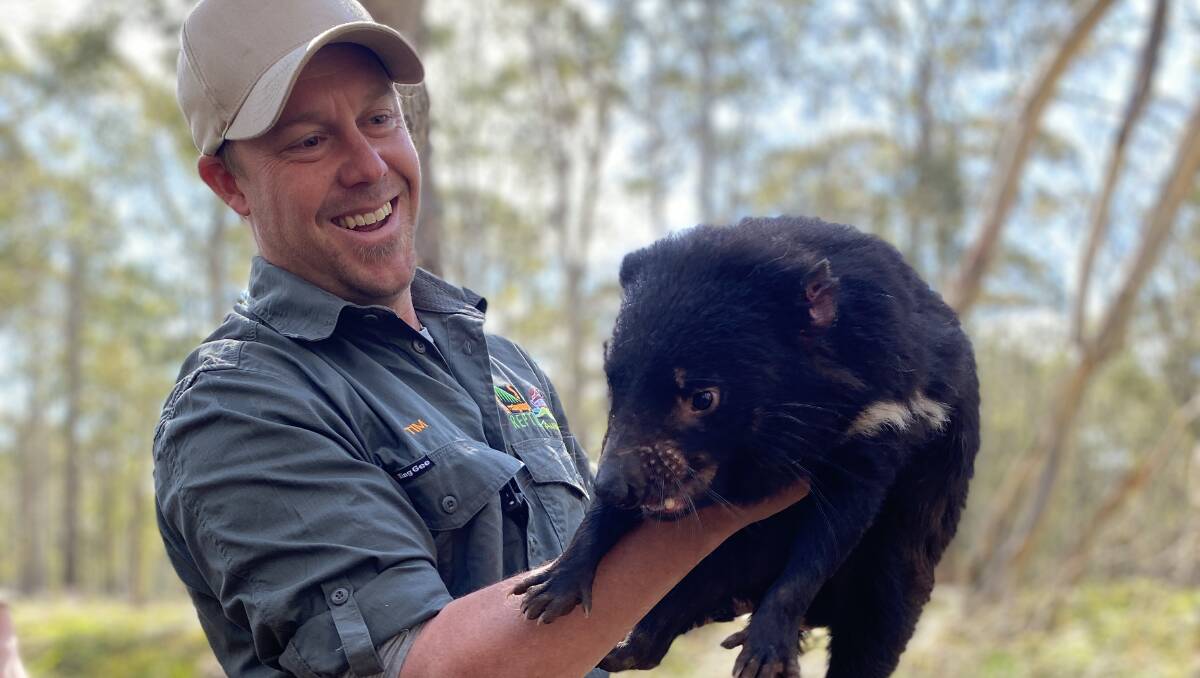
How the Colville Tribes are restoring traditional lands and wildlife
This story is a collaboration between bioGraphic, an editorially independent magazine about nature and conservation powered by the California Academy of Sciences, and YES! Magazine, a nonprofit and independent publisher of solutions journalism. It is republished here with permission.
From our vantage point in a motorboat on the reservoir known as Franklin D. Roosevelt Lake in eastern Washington, we scan the rocky canyon walls of the Confederated Tribes of the Colville’s Hellgate game reserve for bighorn sheep (Ovis canadensis). Before it was a reservoir, manufactured by the United States government’s Grand Coulee Dam, this was once a mighty, salmon-rich stretch of the Columbia River that formed the basis of an entire ecosystem — and that supported the 12 tribes of the Colville Confederated Tribes since time immemorial.
The boat belongs to Rose Piccinini, the tribes’ Sanpoil district wildlife biologist. She is part of a team that manages the herd of bighorn sheep that the tribes’ wildlife department first reintroduced in 2009. She also leads the tribes’ efforts to restore lynx populations back into the ecosystem here. Tribal Wildlife Biologist Rose Piccinini counting bighorn sheep from the Hellgate herd along the Columbia River on the Colville Tribes reservation. These animals were restored to the reservation by the tribes. Credit: David Moskowitz




















